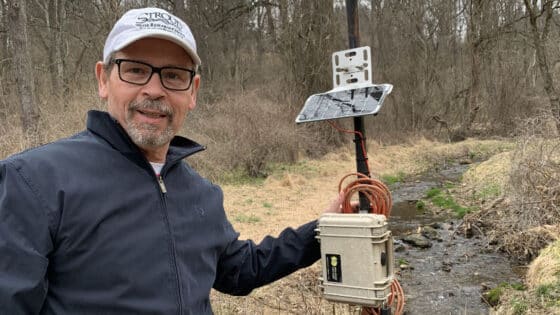Eldridge, W., and K. Naish. 2007. Molecular Ecology. 16(12):2407–2421.
doi: 10.1111/j.1365-294X.2007.03271.x
Abstract
Management actions, such as translocations, reintroductions and supportive breeding, can have both negative and positive effects on population recovery. Several studies have examined the incidence of introgression following such actions, but few studies have explored the effect of release numbers on gene flow between closely related recipient populations. We examined population structure of coho salmon in Puget Sound (Washington State, USA) to evaluate the relationship between the number of individuals transferred between rivers, and the number released within rivers, on inter- and intrariver population divergence. Eleven microsatellite loci were surveyed in 23 hatchery and wild samples collected from 11 rivers within and one hatchery outside Puget Sound. Pairwise genetic divergences between most populations were significant, but the population structure could not be explained by an isolation-by-distance model (Mantel test, P > 0.05). In contrast, we detected significant hatchery influence on population structure. The numbers of fish transferred among rivers between 1952 and 2004 was negatively correlated with differentiation between rivers (partial Mantel test, P = 0.005) but not within rivers (t-test, P = 0.41). Number of fish released from hatcheries that collect broodstock locally was negatively correlated with population structure within rivers (t-test P = 0.002), and between nearby rivers (partial Mantel P = 0.04). Our results indicate that the population structure can, to some degree, be altered by the number of individuals transferred and by local release number of individuals in ongoing artificial propagation programs. The findings presented here emphasize the need to control the number of individuals that are either inadvertently introduced, or are deliberately released under conservation scenarios.


